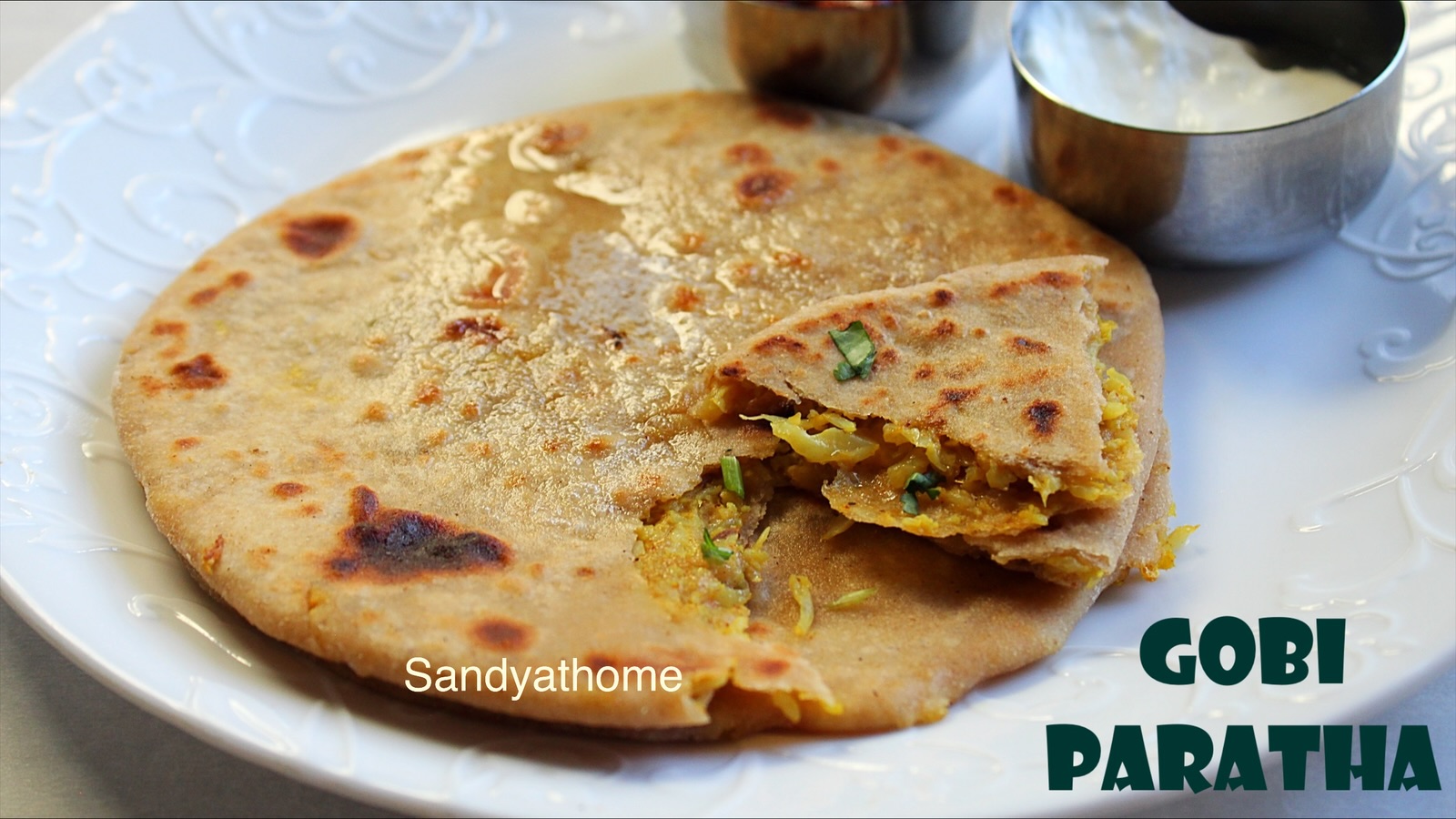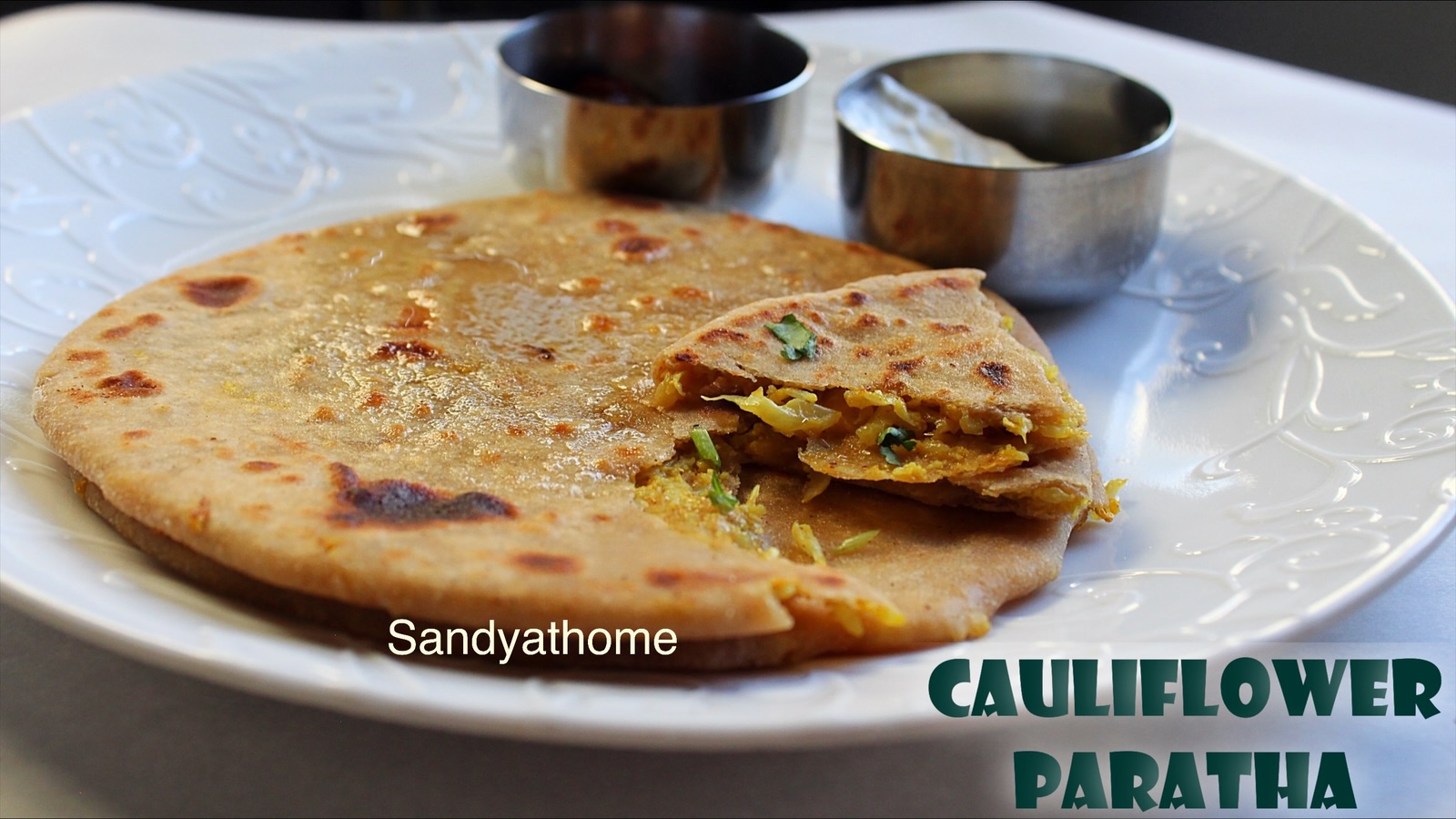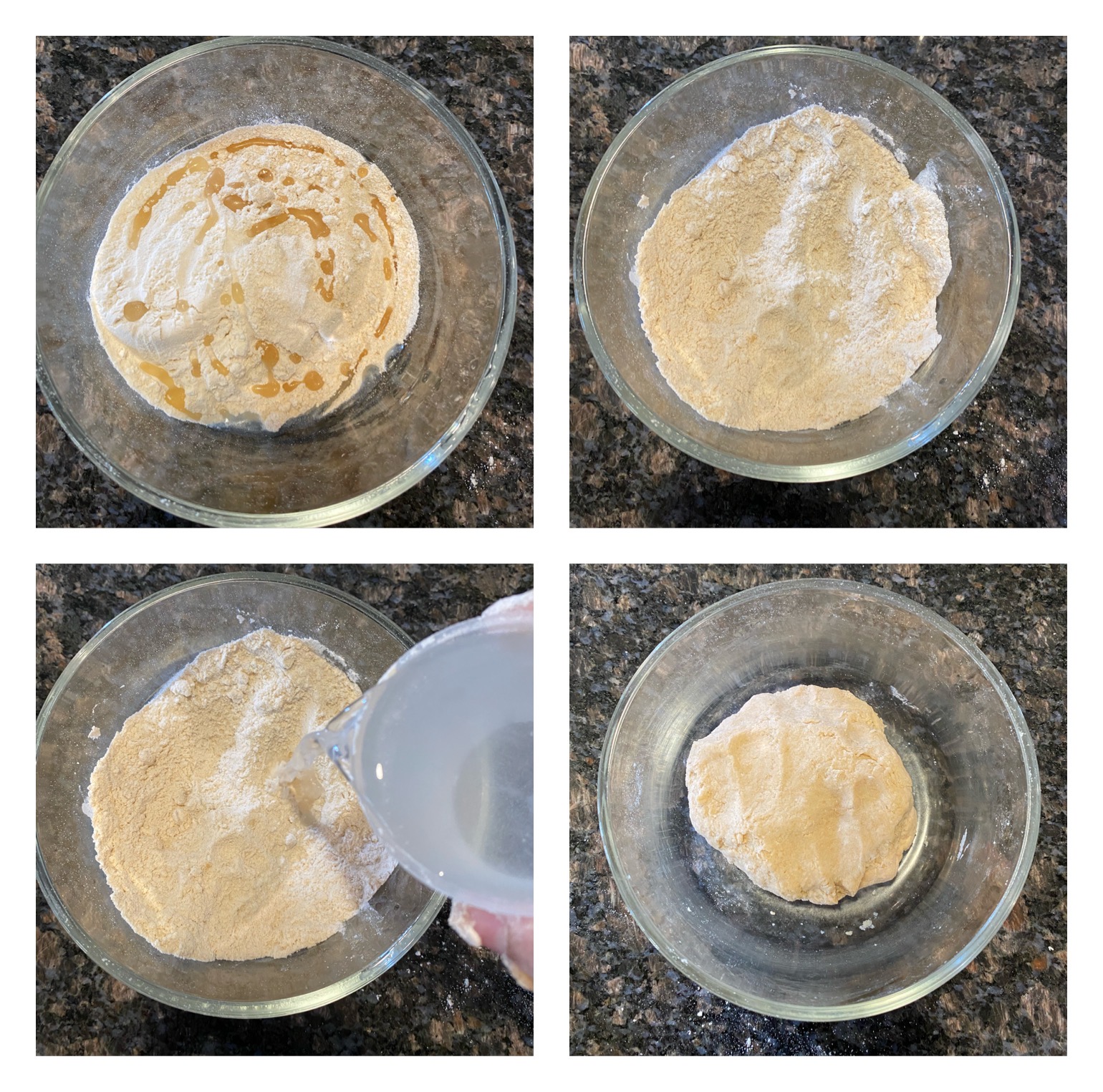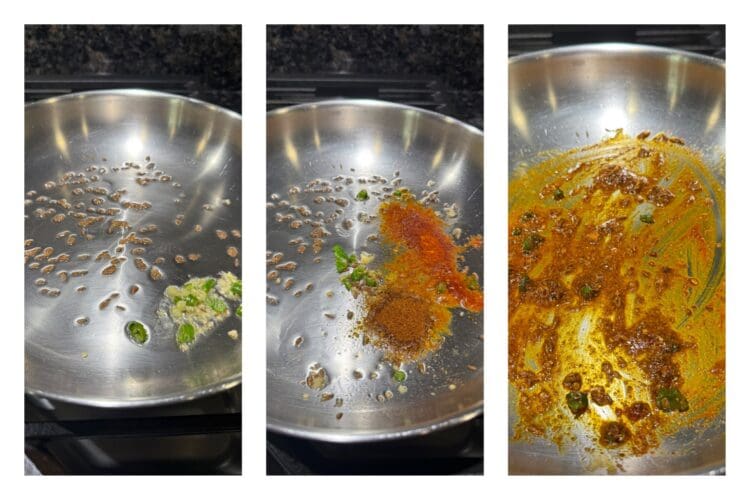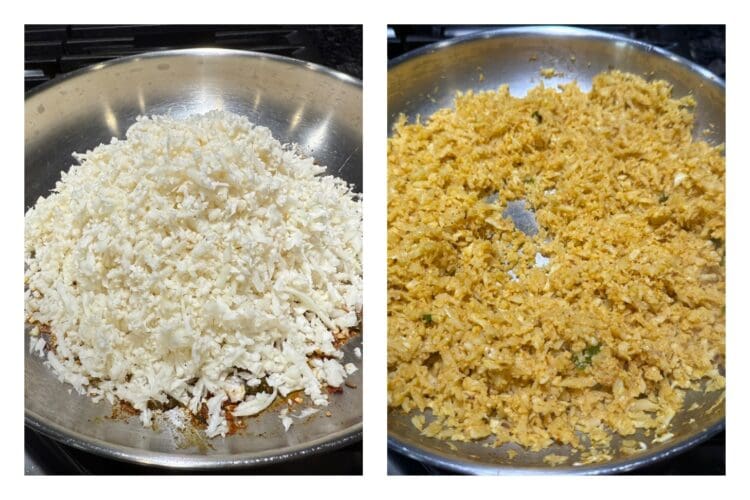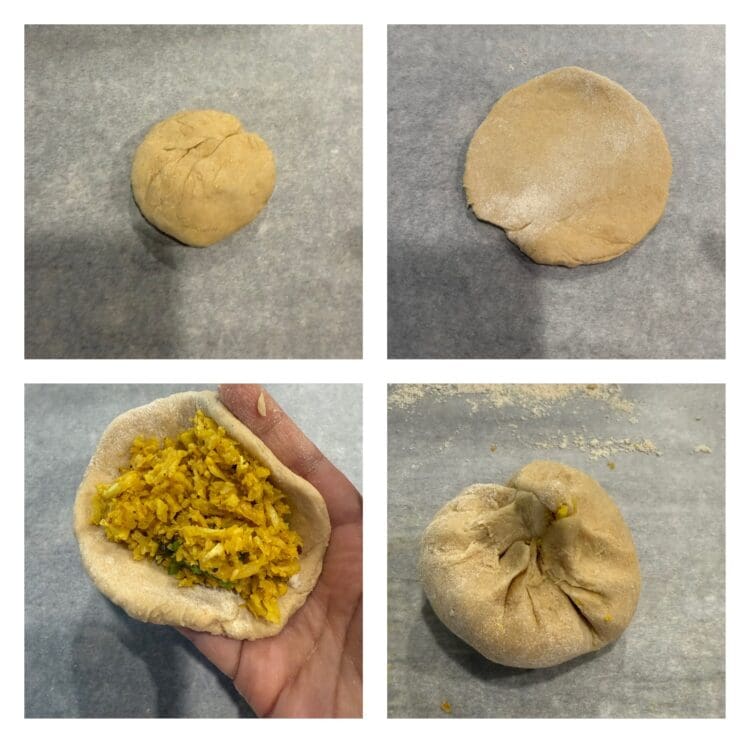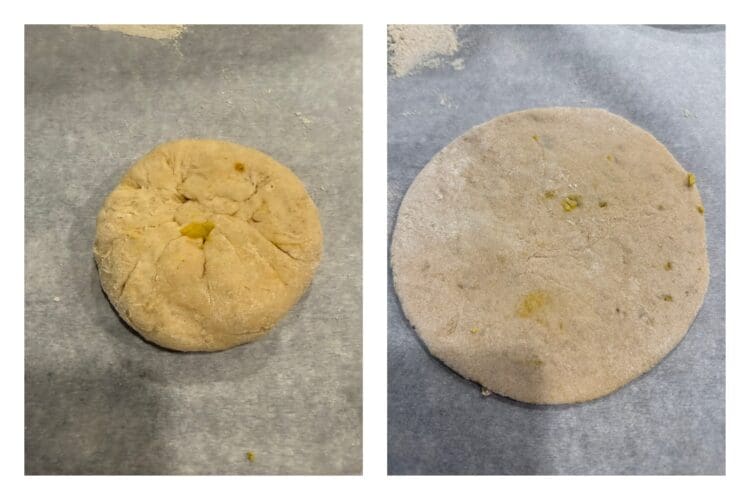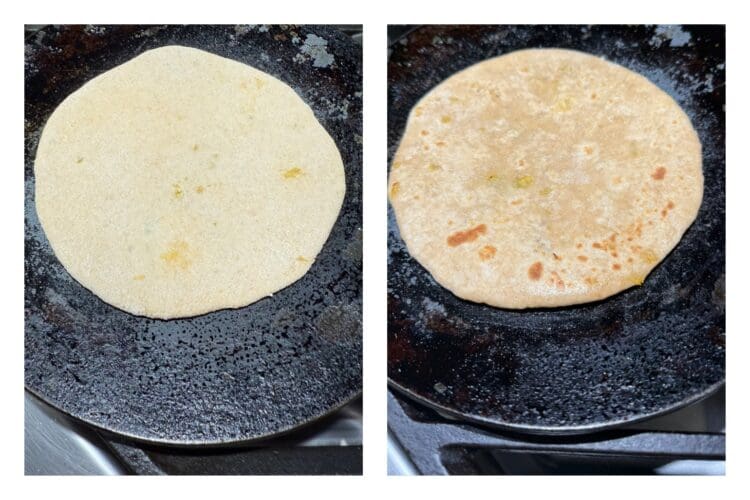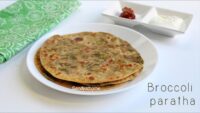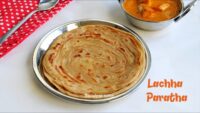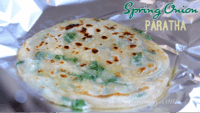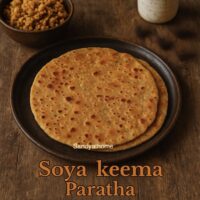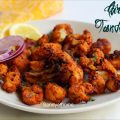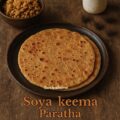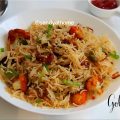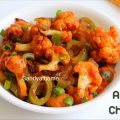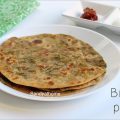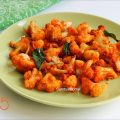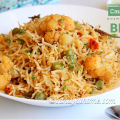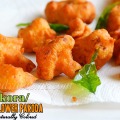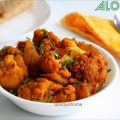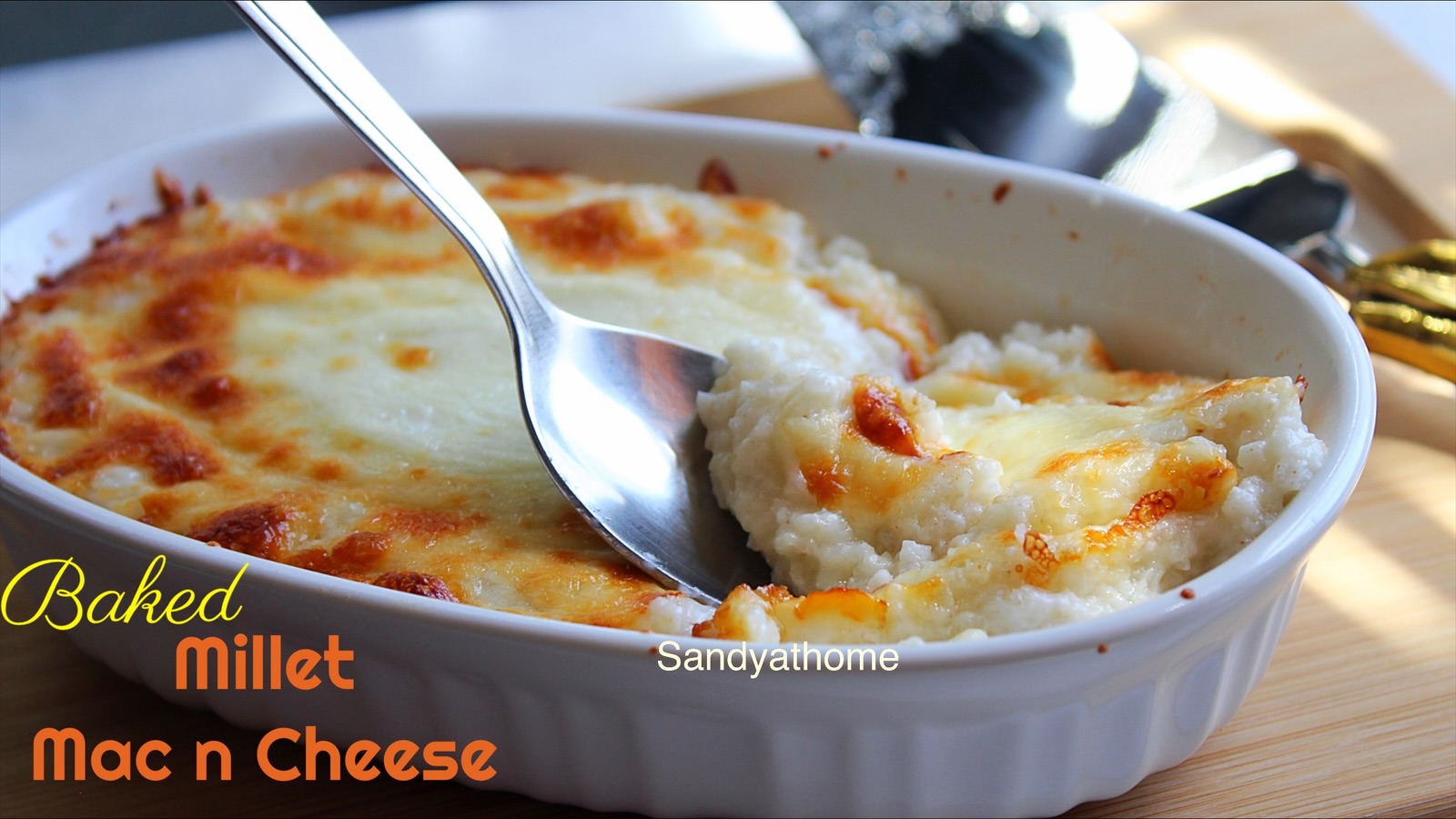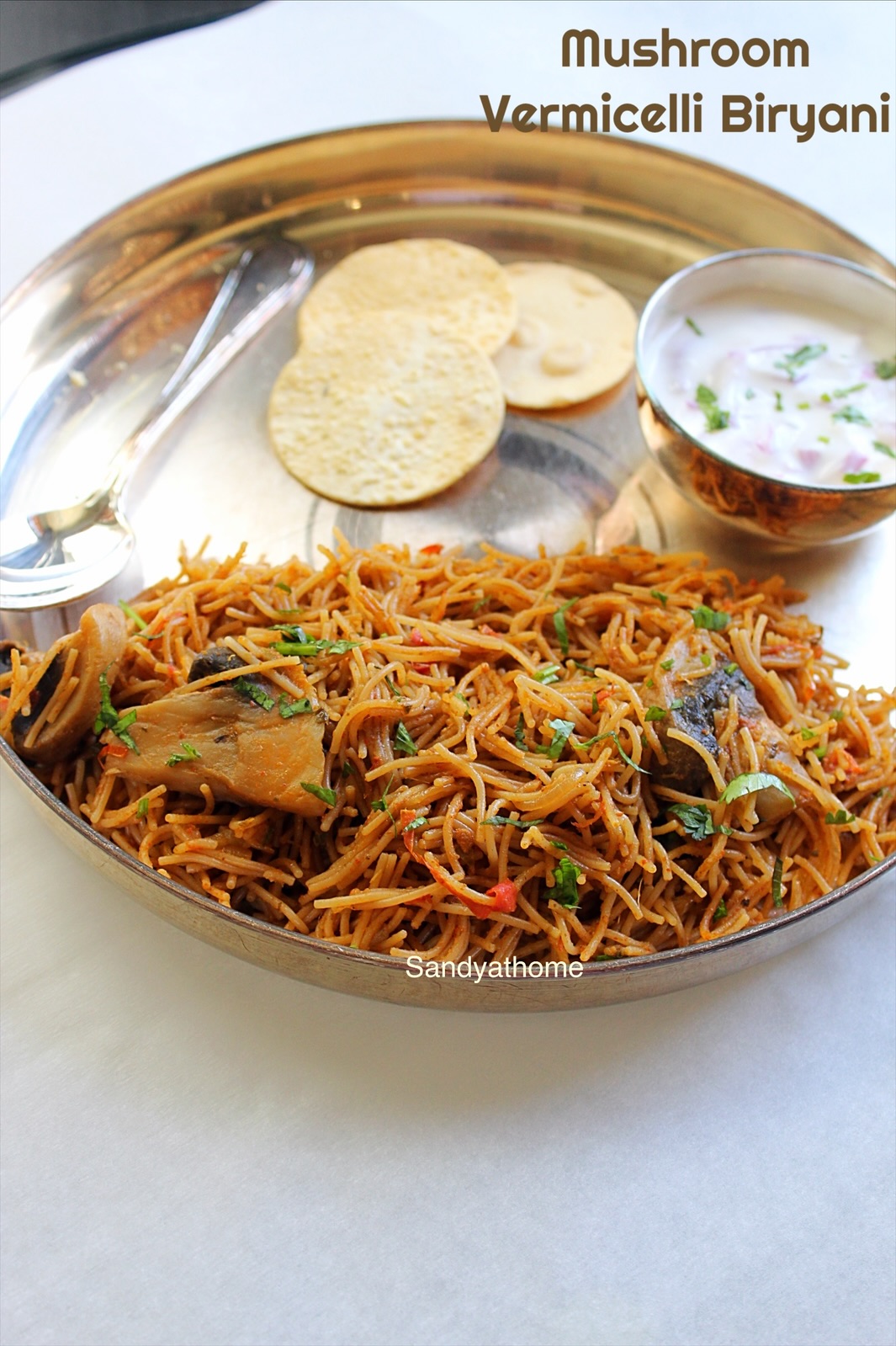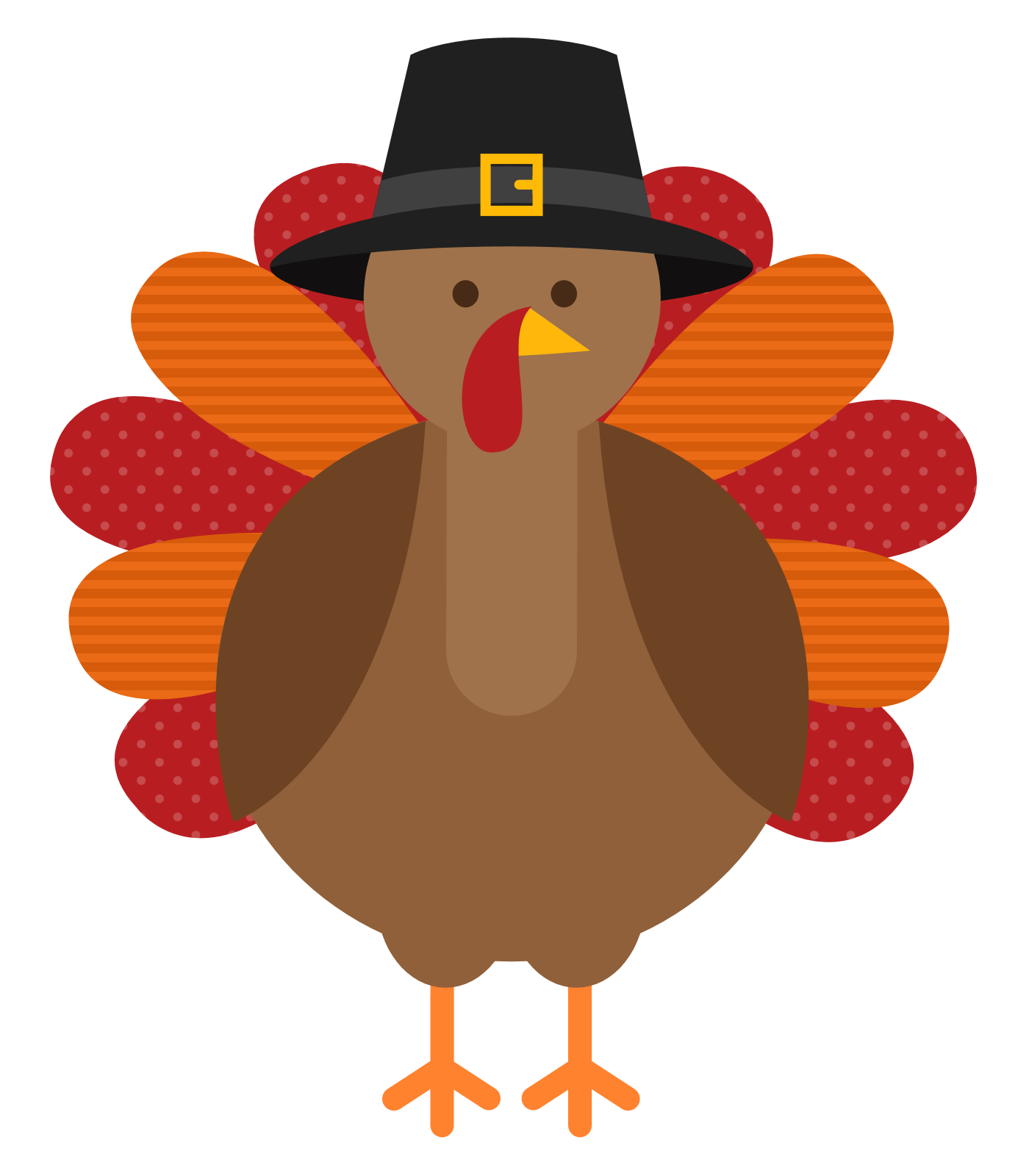Gobi Paratha wasn’t just a dish—it was a lunchbox treasure. I still remember those school days when a friend’s dabba would open, releasing the cozy aroma of ghee-roasted, cauliflower-stuffed parathas. We’d all crowd around, hoping for a piece—soft, spicy, and just the right kind of comforting.
Later, I rediscovered its charm in my mother-in-law’s kitchen. Her version was gentle and grounded—no fuss, just well-balanced spices and the magic of perfectly sautéed gobi/ cauliflower sealed inside soft, hot rotis. Watching her make this cauliflower paratha taught me more than a recipe; it showed me rhythm, patience, and that soulful hand touch every paratha needs.
Today, this is my version of that beloved gobi paratha. A blend of those memories—shared, learned, and passed on—now served with a big spoon of love.
Bite of History: Gobi Paratha
Parathas date back to medieval North India, often enjoyed in the Mughal courts and Punjabi households alike. “Parat” means layers — and stuffed versions like gobi paratha became popular as farm meals, especially in Punjab, where hearty, spiced breads kept farmers fueled. The cauliflower filling, though simple, is deeply satisfying — balancing warmth, spice, and that gentle bite of fresh gobi that still holds its shape.
Jump to RecipeIngredients & Their Role in Gobi Paratha
| Ingredient | Role in the Recipe |
|---|---|
| Whole wheat flour | Base for the dough — soft, nutty, and filling. Gives the paratha its chewy texture. |
| Salt | Enhances overall taste and balances both dough and stuffing flavors. |
| Water | Binds and softens the dough. Adjusts the dough’s texture and pliability. |
| Grated cauliflower | Main stuffing ingredient — absorbs spices well and stays light and flavorful. |
| Green chili | Adds gentle heat and sharp freshness to the stuffing. |
| Ginger | Adds warm depth and supports digestion — especially with gobi. |
| Cumin seeds | Offers earthy flavor and aroma to the sautéed filling. |
| Ajwain (carom seeds) | Traditional touch with a digestive benefit — pairs well with cauliflower. |
| Turmeric powder | Adds color and a gentle bitterness that balances sweet notes of gobi. |
| Red chili powder | Provides heat and a bit of vibrancy to the filling. |
| Garam masala | Adds warmth and signature North Indian complexity. |
| Fresh coriander | Lifts the stuffing with freshness and color. |
| Ghee or oil | Used for roasting — adds a golden finish and enhances richness. |
You May Also Like these Recipes:
Directions to make Gobi Paratha with step by step images
- Make the Dough
In a bowl, mix wheat flour and salt. Add water gradually and knead into a soft, smooth dough. Cover and rest for 20 minutes.
- Roast spices:
Heat a oil in a pan on medium flame. Add cumin seeds and ajwain, and roast until aromatic. Add turmeric powder, red chili powder, garam masala and salt. Stir quickly so the spices bloom without burning.
- Add cauliflower u0026 sauté:
Add the grated cauliflower and mix well with the spice blend. Sauté on medium heat until the moisture evaporates and the gobi turns soft and dry. Turn off the heat. Add chopped fresh coriander, mix well, and let the mixture cool completely before stuffing.
- Roll and Stuff
Divide the dough and stuffing into equal balls. Roll one dough ball into a small disc, place stuffing in the center, and seal it by bringing the edges together. Flatten gently and roll again into a round paratha. Use flour to prevent sticking.
- Flatten the paratha:
Flatten gently and roll again into a round paratha. Use flour to prevent sticking.
- Roast the Paratha
Heat a tawa or griddle. Place the rolled paratha and cook for 1–2 minutes per side, brushing with oil or ghee until golden brown spots appear.
- Serve Hot
Transfer to a plate and serve immediately with curd, pickle, or a small dab of homemade butter.
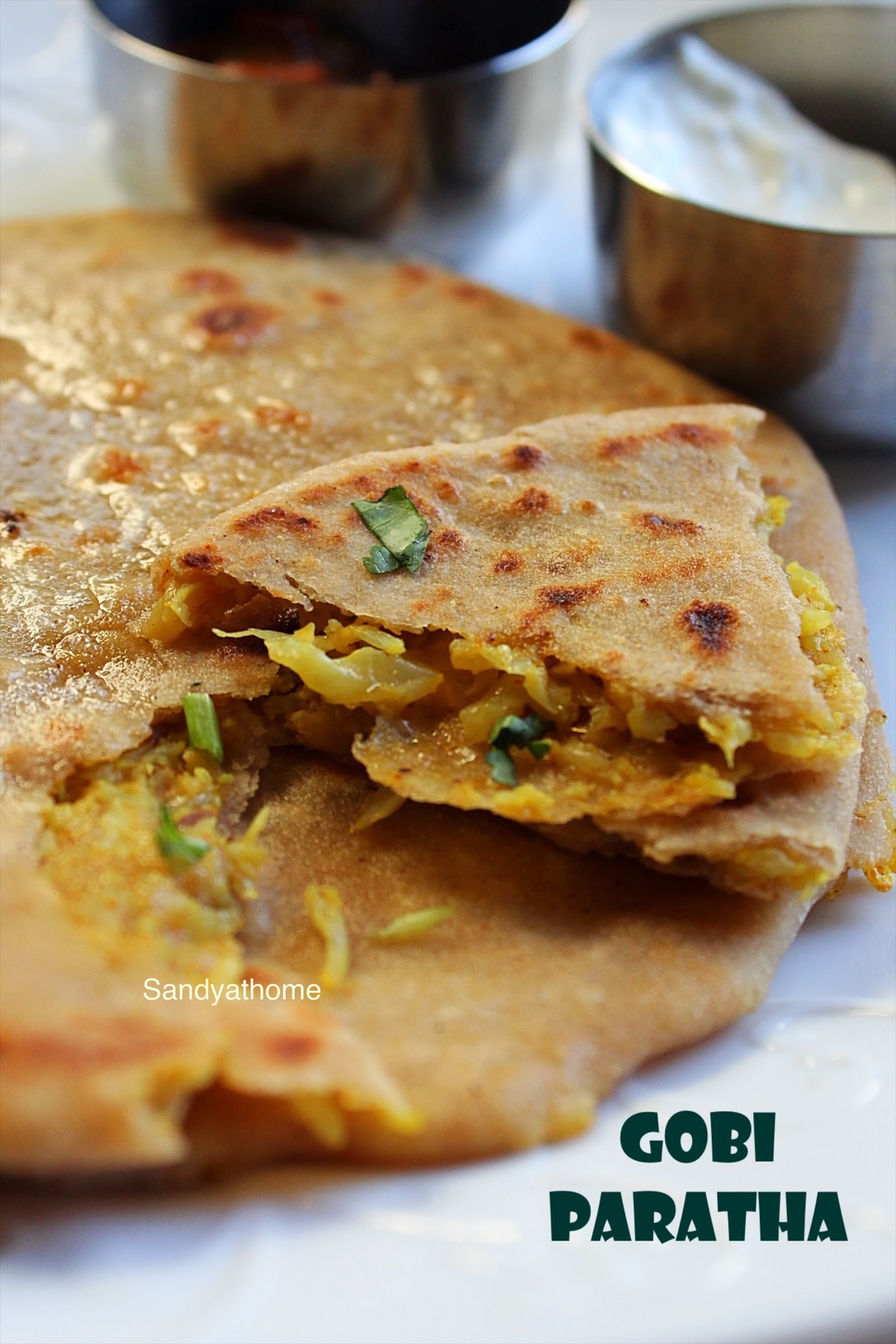
Pro tips
- Always squeeze gobi dry — even better, spread it on a towel for a few minutes.
- Let the stuffing cool fully before using — hot mixture breaks the dough.
- If you’re new, roll gently and patch any cracks with flour — the beauty of homemade lies in its imperfections.
- Ajwain not only adds flavor but helps digest cauliflower easily.
Serving Suggestion
- Pair with plain curd or boondi raita for a cooling contrast.
- Mango pickle or lemon pickle makes it extra tangy and traditional.
- For lunchboxes, roll the paratha like a wrap with a smear of green chutney.
FAQ – Cauliflower Stuffed Paratha
It’s likely your gobi stuffing is too moist or hot. Always squeeze out water and cool the mix completely before stuffing. You can also reduce the amount of stuffing to make it easier to roll.
Yes, raw-stuffed gobi paratha is traditional in some households. Just finely grate and season the cauliflower — but make sure to squeeze all the moisture out and add more spices for flavor, since it won’t be sautéed.
Yes! Half-cook the parathas without ghee, cool, layer with parchment, and freeze. When ready to eat, cook directly from frozen on a hot tawa with ghee or oil.
When made with whole wheat flour, minimal oil, and a fresh vegetable stuffing, gobi paratha is a wholesome, fiber-rich meal perfect for both kids and adults.
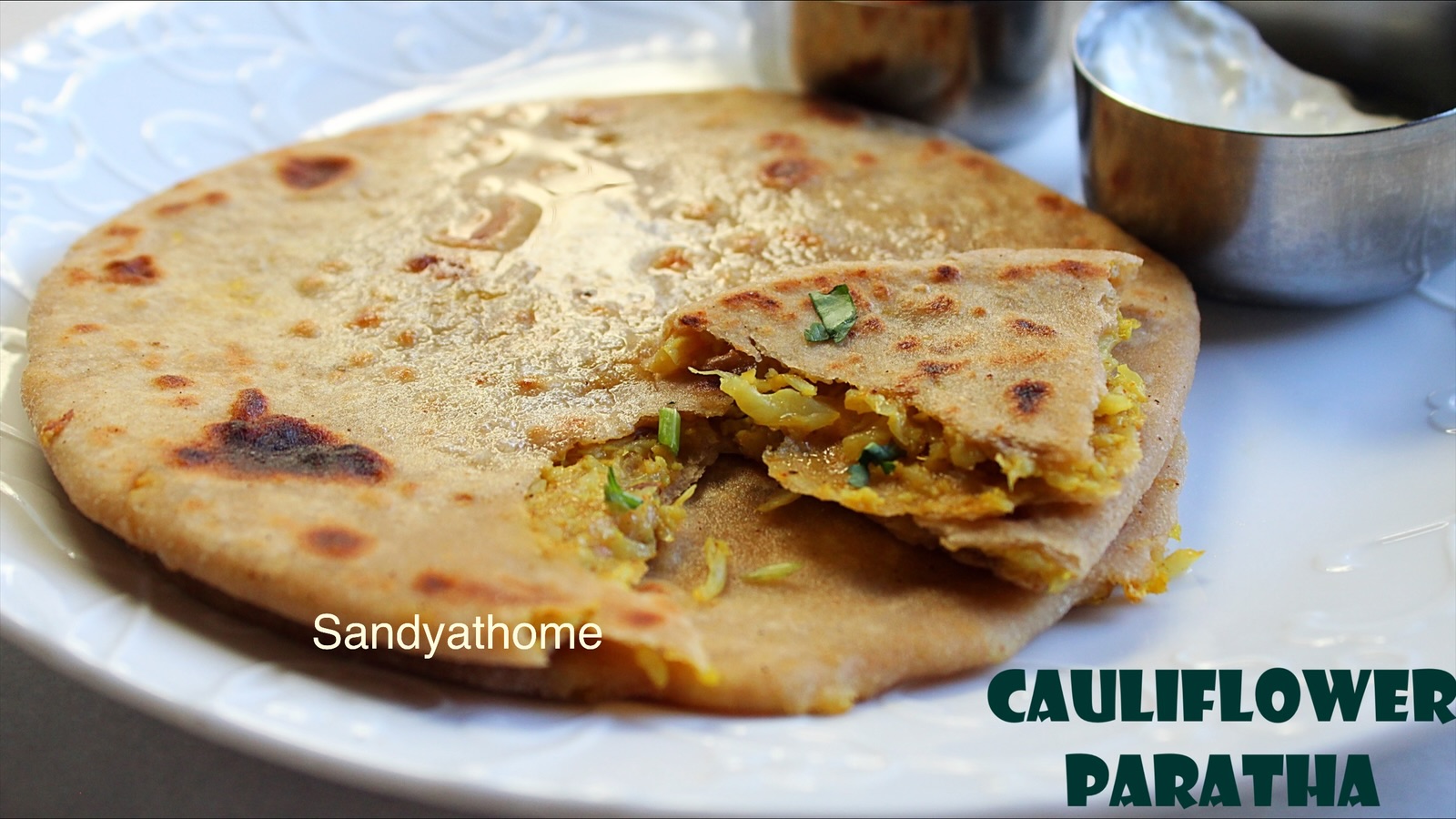
Paratha Recipes
Broccoli paratha recipe, How to make broccoli paratha
Broccoli paratha is a quick and easy to make healthy Indian flatbread with broccoli and…
Lachha paratha recipe, How to make lachha paratha
Lachha paratha is a delicious layered Indian flat bread prepared with whole wheat flour/ atta….
Spring onion paratha, How to make Spring onion paratha
Spring onion paratha is a soft and layered paratha unique from the regular paratha that…
Soya Keema paratha, How to make Veg Keema paratha
Soya keema paratha is a protein-rich, spicy stuffed flatbread made with minced soya chunks and whole wheat dough. A perfect vegetarian twist to the classic keema paratha, best served hot with raita or curd.
